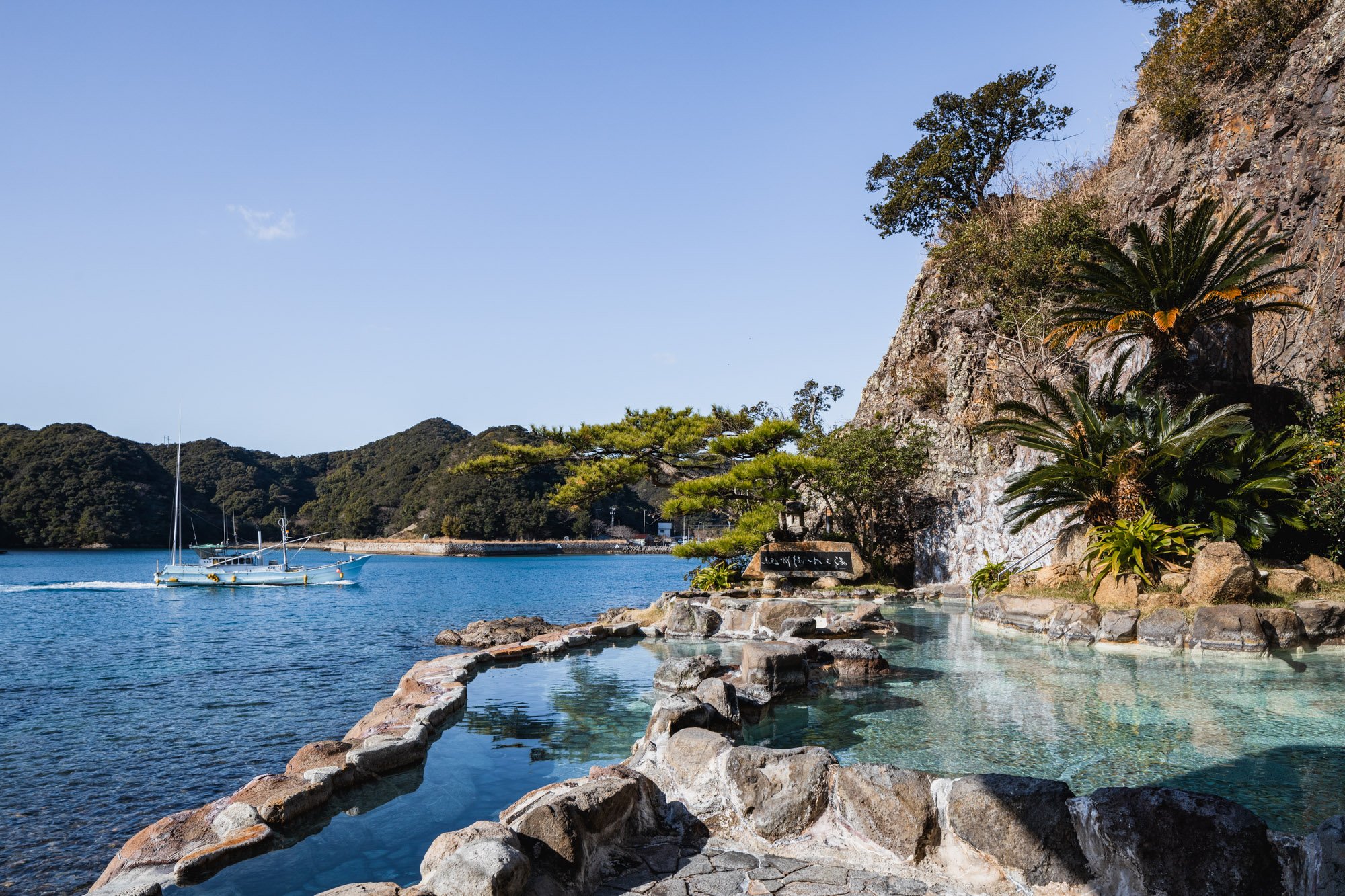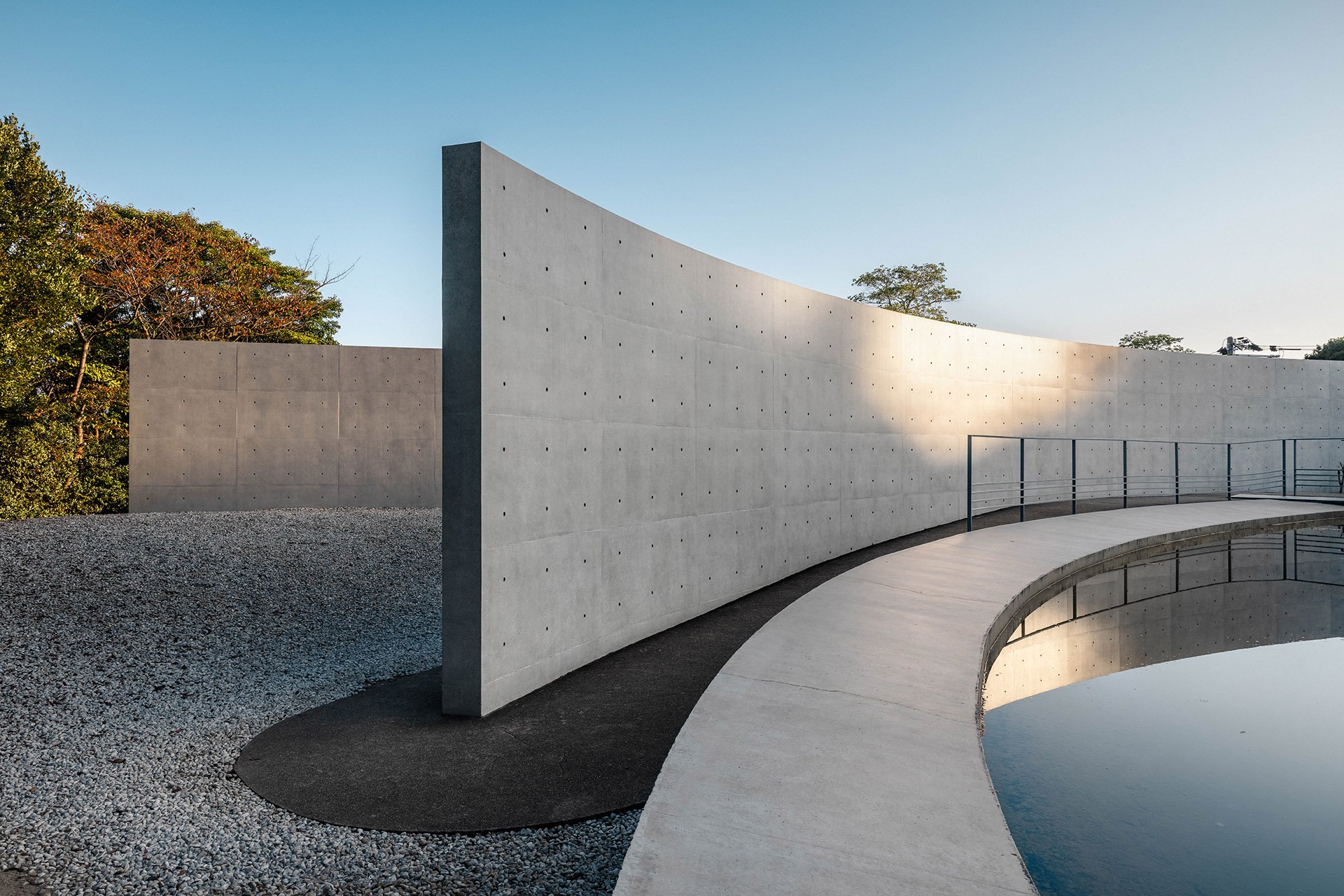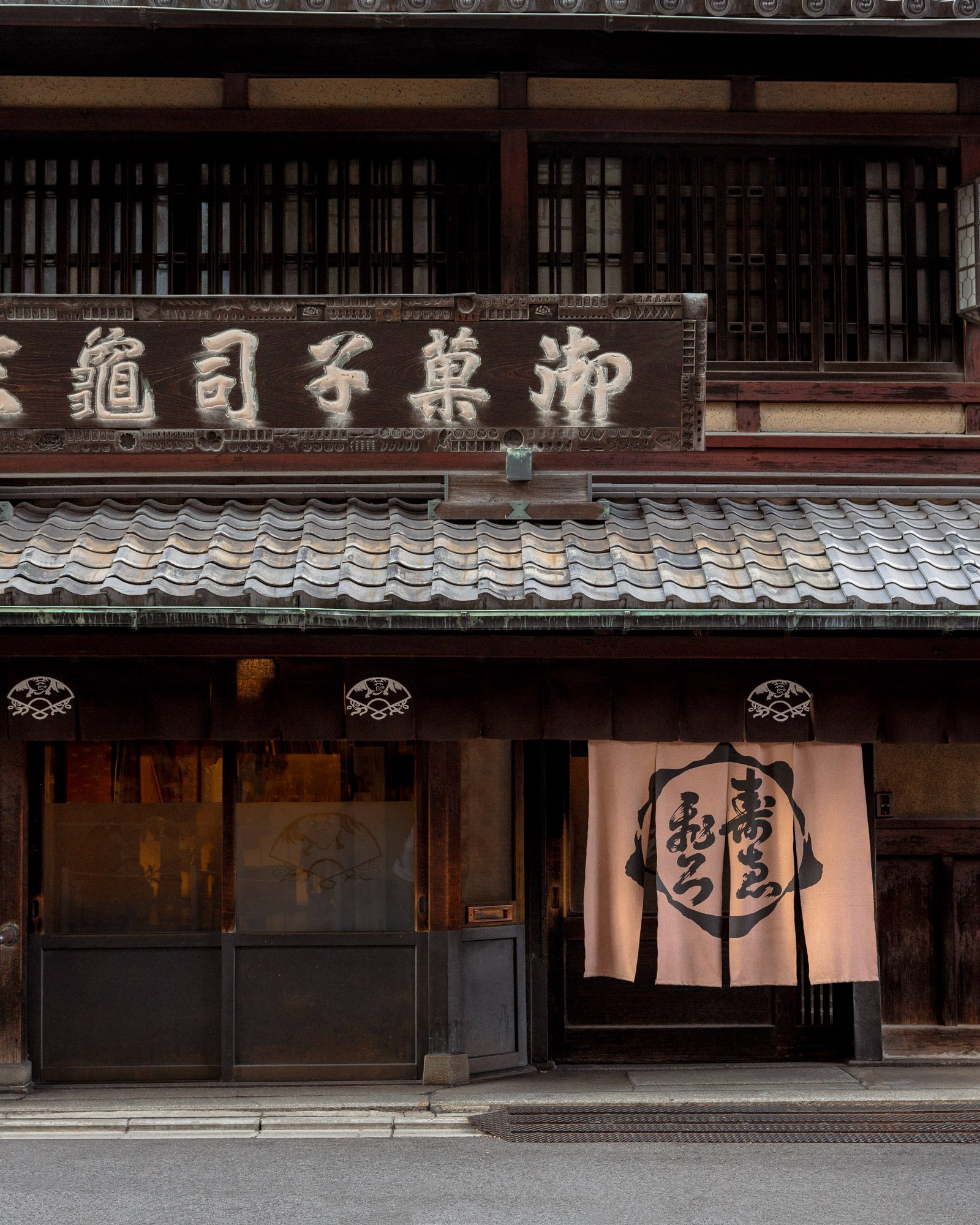The Beginner's Guide to Onsen Etiquette in Japan
Japan is a land of rich traditions, and few experiences capture the essence of its culture quite like an onsen. These natural hot spring are more than just a place to bathe; they’re a cherished ritual deeply woven into the fabric of Japanese life. As you plan your journey through Japan, you’ll likely compile a list of activities — exploring Tokyo's neighbourhoods, visiting Kyoto's serene temples, and, of course, soaking in an onsen. Whether you find yourself in a ryokan, where the onsen is a private sanctuary, or in a public bathhouse shared with others, taking a dip in these mineral-rich waters is an experience not to be missed.
Before you immerse yourself in this soothing tradition, it’s essential to understand the etiquette that comes with it. Onsens are steeped in custom, and knowing the rules and regulations will not only enhance your experience but also show respect for this time-honored practice. In this guide, we’ll walk you through everything you need to know to make the most of a traditional Japanese dip.
What is an Onsen?
By definition, an onsen (温泉) is a hot spring. There are many different types of hot springs across Japan but to be defined as one (by law) the bath needs to hit the following criteria:
Waters that emerge from the earth of at least 25°C (or with a certain concentration of minerals)
Within an onsen resort, there may be many different types of baths including:
uchiburo - Indoor baths
rotemburo - Outdoor baths
konyoku - Mixed-gender baths
kashikiriburo/kazokuburo - Private baths
ashiyu - Foot baths
takiyu/utaseyu - Waterfall/beating baths
sunaburo - Sand baths
mushiburo - Steam baths
doroyu - Mud baths
Discover more about hundreds of unique destinations in my brand new guidebook, Views from Japan.
Onsen vs Sento vs Ryokan: What’s the Difference?
Beginning with ‘Onsen’ and ‘Sento’, the major difference here is the type of water that flows into the tubs. As we’ve just discussed above, the water from an onsen can only be classified as such if, by law, it fills that criteria. Sento on the other hand, doesn’t have such guidelines.
That means that, on the face of it, you could be bathing in a sento and it may look exactly the same as an Onsen. If it’s important to you to bathe in actual onsen waters, make sure to check out some of the areas listed below.
Sento will frequently take advantage of Japan’s kampo (漢方) medicine culture. Evolving from traditional Chinese medicine, a wide variety of medicinal ingredients are added to the water including yuzu fruit at some specific bathhouses like Kinugawa Onsen and Kawaji Onsen during the winter solstice.
Ryokans, which often have either an onsen or sento inside, are traditional Japanese inns. Tatami flooring, public (sometimes private) baths, seasonal local cuisine, and futon beds are ready to greet weary travellers from their day spent exploring the local area.
Whether you’re looking for boutique luxury or a small no-frills family-run establishment, there’s a ryokan for your taste, style, and budget.
Looking for somewhere to stay? Browse a full list of Japan Ryokans here.
Related post: Is the Japan Rail Pass Worth it in 2024?
Onsen Rules: Do’s and Don’ts
Do:
Remove All Clothing – Before entering the onsen, undress completely in the changing room. Onsens are enjoyed in the nude, and swimsuits are not allowed.
Shower Thoroughly – Before entering the onsen, always wash yourself carefully. Use the provided soap and shampoo to cleanse your body, ensuring you’re clean before soaking in the communal waters.
Respect Quietness – Onsens are places of relaxation. Keep conversations low and avoid disruptive behavior to maintain a peaceful environment for all bathers.
Cover Tattoos – In many traditional onsens, tattoos are associated with the Yakuza and can be frowned upon. Use a waterproof cover or select tattoo-friendly onsens if you have visible ink.
Hydrate Before and After – Onsens can be dehydrating, especially in the hot waters. Drink water before and after your bath to stay hydrated and ensure a pleasant experience.
Don’t:
Don’t Jump or Splash – Enter the onsen calmly and avoid splashing. This is a place for relaxation, not for vigorous activities.
Don’t Submerge Your Head – While it might be tempting, avoid putting your head under the water in an onsen. It’s considered unhygienic and is generally frowned upon.
Don’t Use Soap in the Onsen – Once you’re in the onsen, do not bring soap or shampoo into the bath. The water is meant for soaking and relaxation, not for washing.
Don’t Bring Cameras or Phones – To respect the privacy of others, leave your camera or phone outside the onsen area. Photography and filming are generally prohibited in these spaces.
Don’t Stay Too Long – As relaxing as it is, don’t overstay in the onsen, especially if it’s your first time. Prolonged exposure to hot water can lead to dizziness or fainting.
Visiting Tokyo? Download your free Tokyo Neighbourhoods guide here.
Tattoos and Onsen
While your 85-year-old tattooed Grandma probably isn't part of the Japanese mafia, it still doesn't mean she’ll be allowed into every onsen. Despite changing attitudes over the last few decades, on the whole, Japan still has a relatively strict ‘No Tattoos’ policy when it comes to onsen bathing.
While your choice of Onsen might be slightly more restricted, there’s no reason you won’t be able to experience this classic Japanese tradition during your stay. Below are a few tattoo-friendly Onsen to check out before your trip.
Matsumoto-yu in Nakano has turned into a modern bathhouse following a major renovation for the first time in its 85-year history.
Koganeyu was transformed into a modern public bathhouse in 2020, complete with a craft beer taproom by the entrance that doubles as a DJ booth.
Hisamatsuyu in Nerima, Tokyo can be described as a contemporary, natural hot spring with its incredibly stylish, modern design.
Looking for travel guides and itineraries? Subscribe to the weekly Views from Japan newsletter here.
What areas of Japan are most famous for onsen?
Image © GaijinPot Travel
Beppu, Oita
Best for: Its variety of onsen options
Producing more hot spring water than any other resort in the country, Beppu in Oita prefecture offers a multitude of baths to soak in. Thanks to its 8 different springs, the town isn't short on onsen options. Bury yourself in heated sand, relax in a conventional hot water bath, or heat up by the steam of the mushiburo. These onsens flank the hillside and cover the town (down to Beppu Bay) in its entirety.
Check out the latest deals and availability for Ryokans in Beppu.
Pro tip: Make sure to visit the Hells of Beppu - several hot springs that are only available for viewing, not bathing.
Noboribetsu, Hokkaido
Best for: Spectacular volcanic landscape
Taking the crown for Hokkaido’s most famous hot spring resort, the southwest coastal town of Noboribetsu has been soaking tired wanderers for the past 150 years. Jigokudani (Hell’s Valley) is an especially popular spot thanks to the steam that bubbles out of the small cracks and crevices in the frozen ground. Venture slightly Northeast and you’ll come across Shiraoi, a small town home to the Ainu Museum.
Check out the latest deals and availability for Ryokans in Noboribetsu.
Image © Snow Monkey Resorts
Shibu Onsen, Nagano
Best for: Its historic and visually appealing hot-spring town
With its long and storied history, a visit to Shibu Onsen feels like stepping back in time, centuries before the present day. Some of the ryokan that line its narrow streets date back over 400 years which makes it far easier to immerse yourself in the often encouraged activity of dressing in traditional yukata robes, geta sandals, and strolling around town. Once you’ve finished exploring the best of what Shibu Onsen has to offer, feel free to visit one of nine public bathhouses, accessible only to overnight guests of the nearby ryokan.
Check out the latest deals and availability for Ryokans in Shibu Onsen.
Pro tip: Good fortune is said to bestow those who visit all nine bathhouses (and gather the stamps) during their trip.
Image © Gunma Tourist Guide
Kusatsu Onsen, Gunma
Best for: A rustic vibe with Skiing & Hiking nearby
Perched at an altitude of 1200 metres above sea level in the Mountains of Gunma prefecture, Kusatsu Onsen is a resort that offers more than just onsen bathing. The area is well known for its fantastic ski conditions during the winter and hiking trails across the rest of the year.
The highly acidic waters are often touted as some of the country’s best, giving Kustatsu Onsen a widely acclaimed reputation as a premier onsen town. Finish your day’s exploring at either Sainokawara Rotemburo (large outdoor pool), Otakinoyu (awaseyu wooden baths), or Gozanoyu (traditional pools).
Check out the latest deals and availability for Ryokans in Kusatsu Onsen.
Affiliate Disclosure: Please note this post may contain affiliate links. By purchasing via these links, I may earn a small commission at no additional cost to you. It’s a big help to keep this site up and running and I only promote products and services that I personally use and trust. Thanks!
Are You Ready to Discover Japan, Minus the Crowds?
Are you tired of seeing the same over-crowded locations in Japan? I’ve spent five years exploring all corners of the country and now reveal everything I have learnt in my brand new travel guidebook. In Views from Japan, I take you on a journey through unique architectural destinations, under-the-radar neighbourhoods and timeless countryside hotels, as well as revealing my most trusted insider travel tips and so much more.












